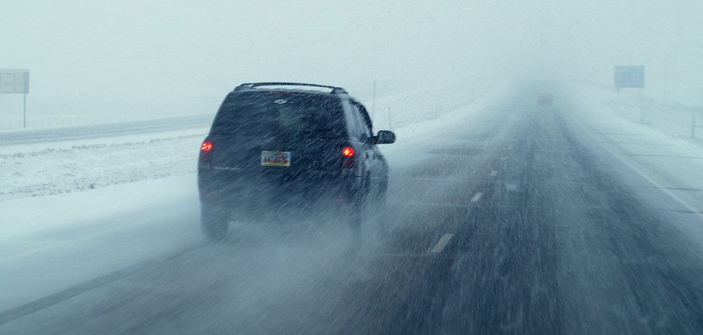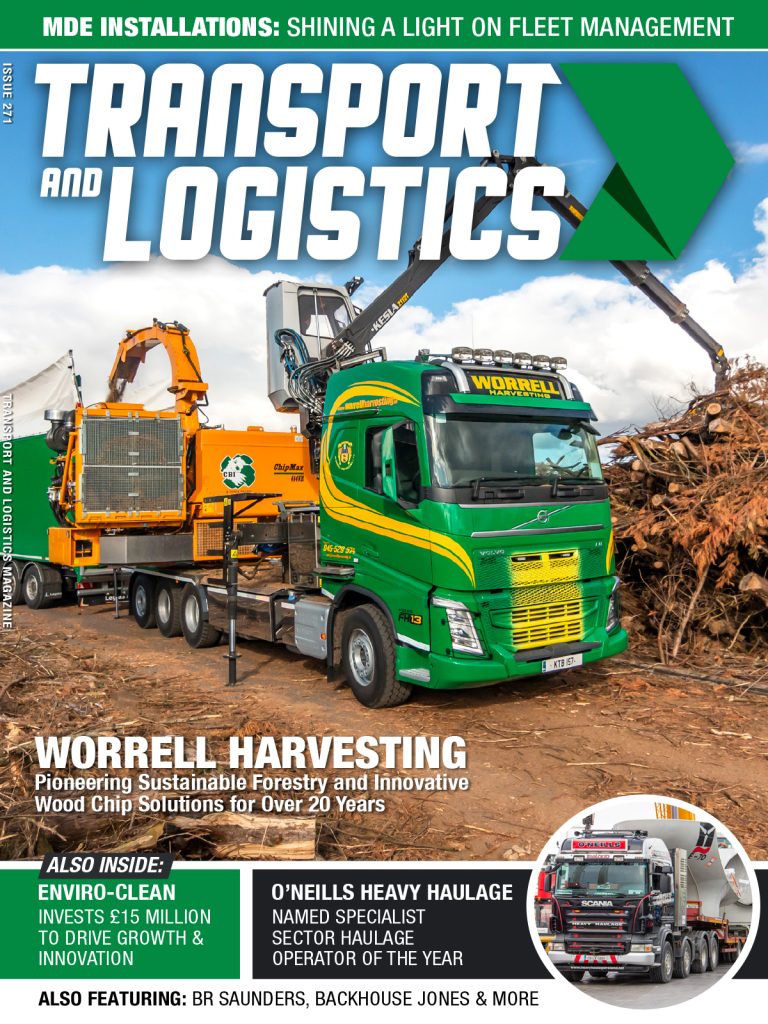With changeable wintery weather and fluctuating temperatures across the country prompting motorists to consider their choice of tyre, TyreSafe is reminding drivers that the first and most important element to ensure tyre safety is to carry out regular checks. While various tyre types are available, all of them will need to be in good condition and at the right pressure to perform at their best throughout the colder months ahead.
Summer tyres are the type most commonly fitted and designed for the road conditions experienced in the normal UK climate. Winter tyres are manufactured with a rubber compound and tread pattern specifically designed to perform when temperatures drop to 7°C and below, and are particularly competent in snowy and icy conditions as they have higher levels of grip in these conditions. Like winter tyres, ‘All Season tyres’ are manufactured with a slightly different rubber compound designed to combine the benefits of summer and winter tyres.
All season tyres are gaining in popularity largely as a result of new developments in technology as they provide an all-year alternative for use in climates that suffer less severe winter conditions.
Britain’s motorists should all be aware that winter is particularly challenging for all types of tyres and regardless of which is fitted and, compared with warmer months, the distance a vehicle takes to stop may well increase and grip around corners is also likely to be reduced.
“The particular circumstances of the driver will dictate which tyre is best suited to their needs and some will opt for the reassurance of winter tyres,” said Stuart Jackson, chairman of TyreSafe. “Of course, many motorists are not in a position to buy a set of tyres specifically for winter. They should at least regularly check that all their tyres are in good condition with adequate tread depth, are at the right pressure, and drive with extra caution throughout the toughest season of the year.”
Essential tyre checks:
TyreSafe recommends drivers check their tyres at least once a month and before long journeys. A tyre’s tread depth should be at least above 1.6mm – the legal limit – as it determines how quickly a vehicle can brake, change direction and clear water from the road surface to avoid aquaplaning. To check whether a tyre is close to the limit, a 20-pence piece can be used as an easy guide as its border is exactly 1.6mm. Simply insert the 20p into the tyre’s grooves at three points across its centre and then repeat twice more around the circumference. If you can see the border of the 20-pence piece at any point, your tyre may be below the legal limit and you should have it checked by a tyre fitting service.
While you’re checking tread, have a look at the tyre’s general condition. Tyre manufacturers don’t make tyres with bulges, cuts, nails or cracking in them so if any of these are visible, you need to have it examined by a tyre professional.
Finally, use an accurate gauge to confirm your vehicle’s tyres are at the vehicle manufacturer’s recommended pressure. Two units of measure are typically used: ‘psi’ and ‘Bar’, and as a rough guide one Bar is equivalent to approximately 14.5 psi. You’ll typically find the right pressures either in the door shut or behind the filler cap. Remember that when a vehicle is fully loaded, the pressures will typically need to be increased and the spare tyre should also be checked.














